10 Energy Stocks and Funds to Buy for Dividends AND Growth
Certain sectors of the stock market have gained a reputation for being income-friendly.


Certain sectors of the stock market have gained a reputation for being income-friendly. If you want dividends, you know to look at utilities, consumer staples and real estate investment trusts (REITs). Energy stocks – which include numerous high yielders – aren’t always first to mind, however.
Why? Energy stocks – which are tied to energy prices, which are tied not just to supply and demand, but also politics and currency strength, can be volatile over the short-term. Weak oil, natural gas and other commodity prices made energy stocks grossly underperform the market in 2014-15, for instance, but recoveries stoke outperformance like what we’re seeing so far in 2019.
Dividend investors should consider the opportunity in the energy sector right now. For one, West Texas Intermediate crude oil currently is near the $65-per-barrel mark, well off its recent low of $49 in December. Higher prices mean higher revenues – and oil companies, which were forced to improve their operations to squeeze more profits out of low oil prices, are generating even better earnings and cash from those revenues. Greater profitability naturally encourages investors to drive share prices higher, and that cash is used to fund generous and sometimes growing payouts.
Also, many integrated oil companies as well as dedicated exploration and production firms are being prudent about their capital expenditures, instead budgeting with an eye toward generating cash and funding dividends from existing projects.
Here are 10 energy stocks and funds to buy for a 1-2 combo of dividends and growth. These picks vary in their balance – some are slow-moving high yielders, some are growthy plays with modest yields and some fall squarely in between.
Data is as of April 7, 2019. Dividend yields are calculated by annualizing the most recent quarterly payout and dividing by the share price.
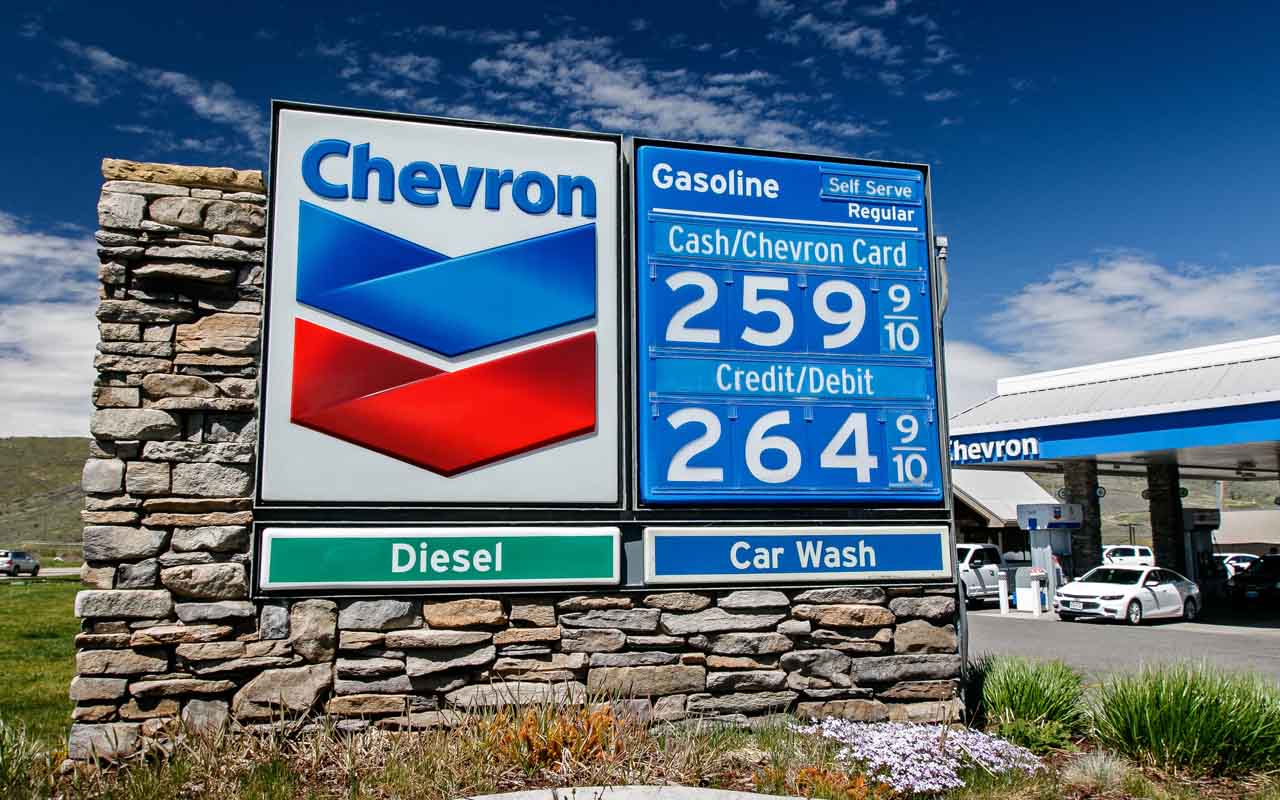
Chevron
- Market value: $240.2 billion
- Dividend yield: 3.8%
- Chevron (CVX, $162.42) is one of the world’s largest integrated oil majors – which means it’s involved in every step of the process, from finding energy sources to delivering refined products to end customers.
Chevron’s recent history shows a clear priority of dividends over stock buybacks. When plunging oil prices cramped the energy sector in 2014-15, Chevron suspended its share repurchases and didn’t resume until 2018. Meanwhile, even as pundits questioned whether CVX’s dividend was safe, the company continued its decades-long streak of payout increases – it remains a Dividend Aristocrat, with 32 consecutive years of annual dividend hikes.
Roughly 58% of the company’s earnings go toward funding the dividend, which means the payout is quite sustainable. But naturally, because profits fluctuate with oil prices, so too does that ratio – so sometimes, it can feel like Chevron is just getting by.
Chevron’s capital expenditures have contracted significantly, from $38 billion in 2013 to $13.8 billion in 2018. It will increase that figure to $20 billion in 2019, but Chevron management clearly sees a priority in not overextending itself.
Morgan Stanley analysts started CVX shares at “Overweight” (equivalent of “Buy”) at the start of April, citing Chevron’s focus on generating strong cash flow and writing that “cash flow drives stock performance in Big Oil.”
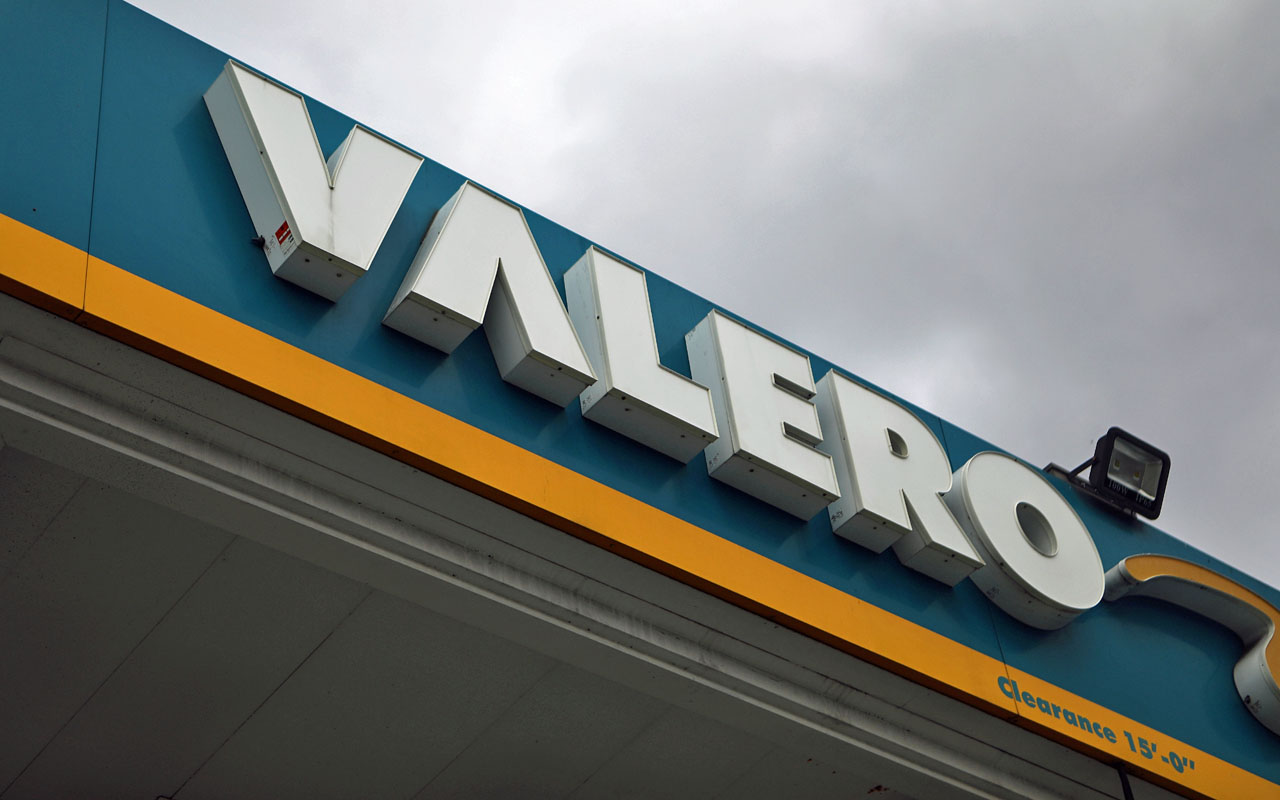
Valero Energy
- Market value: $36.2 billion
- Dividend yield: 4.3%
Refiner Valero (VLO, $86.69) is another generous yielder that hovers around (in this case, above) the 4% mark.
Valero – the world’s largest independent petroleum refiner – owns and operates 16 refineries across the U.S., Canada and Wales. Whereas exploration and production companies tend to simply become more profitable as oil prices rise, refiners like Valero are a bit more complicated. Oil refiners make money off the “crack spread” – basically, the difference between the cost of buying the oil, and what price they can get for the refined product (say, gasoline).
Valero, unlike Chevron, did have to cut its dividend in relatively recent history (2010). However, it has been much more aggressive about growing it in the aftermath. The payout has more than doubled during the past five years, from 40 cents to 90 cents. That includes a 12.5% dividend increase announced in January of this year.
Morningstar analyst Allen Good thinks the refiner made the right moves years ago to position itself well for today. “We think Valero moved deftly to capitalize on the downturn in 2008-09 by divesting underperforming assets and adding strategic assets cheaply to high-grade the overall portfolio, which should lead to higher returns,” he writes. “Adding ethanol facilities out of bankruptcy should allow Valero to lower costs and position itself for government mandates that appear to be here to stay.”
Also in January, Valero completed the acquisition of its affiliated master limited partnership (MLP), pipeline operator Valero Energy Partners. That follows a string of similar moves throughout the energy sector of parent companies merging with their MLPs – a response to a change in federal tax law that knocked out a key benefit for these partnerships.
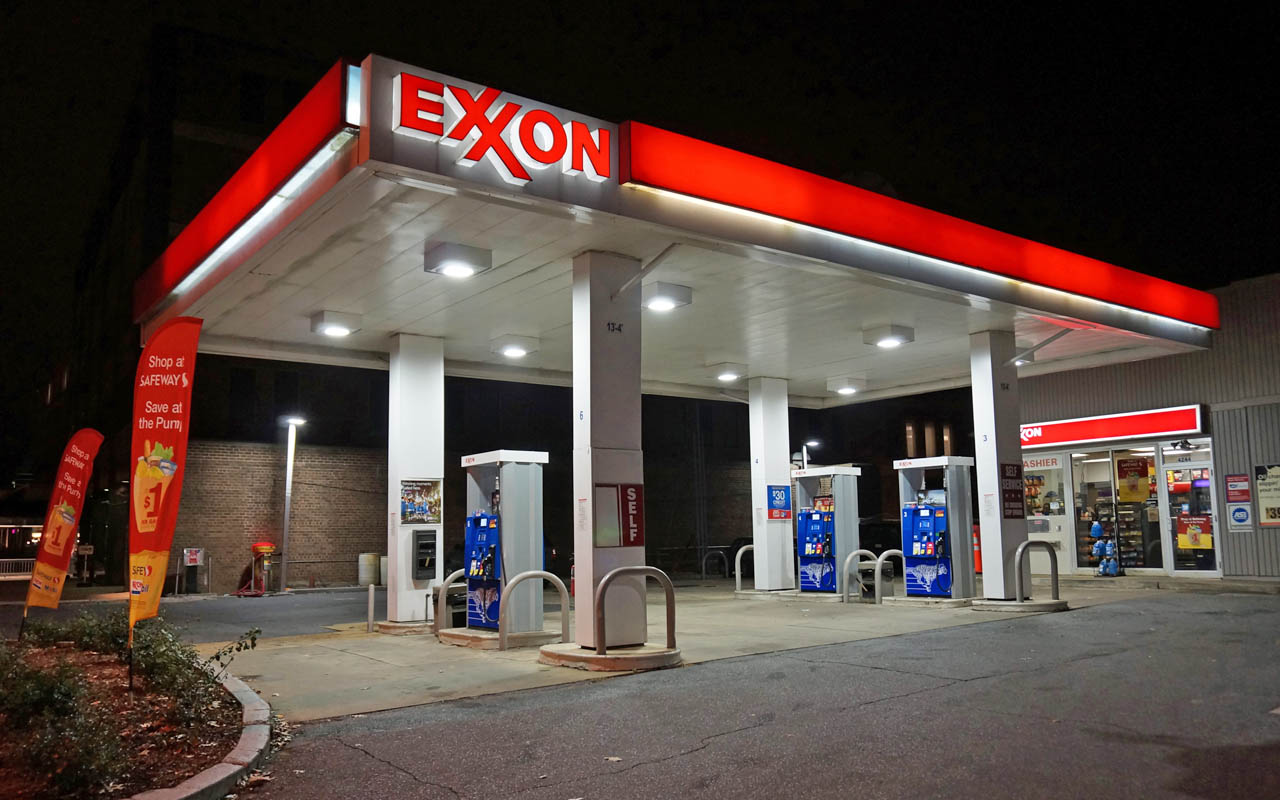
Exxon Mobil
- Market value: $349.3 billion
- Dividend yield: 4.0%
Rather than restraining capital expenditures and increasing dividends to shareholders, as other major integrated oils have been under pressure by investors to do, Exxon Mobil (XOM, $82.49) – one of the largest integrated oil majors in the world – is accelerating its capex.
Exxon has a plan to drive profits from $15 billion in 2017 to $31 billion by 2025, as well as improve return on invested capital from 7% in 2017 to 15% by 2025. Under this plan, XOM would spend $24 billion on capital projects this year, $28 billion next year and an average of $30 billion from 2023 to 2025. This plan stands in stark contrast to many of Exxon’s other peers.
That shouldn’t worry income investors, however. A Bank of America analysis finds that Exxon Mobil can fund its expansion while still funding (and increasing) its dividend.
Exxon certainly cares about consistently raising its payout. Like Chevron, Exxon Mobil is a Dividend Aristocrat, boasting 36 years of consecutive annual increases.

Murphy Oil
- Market value: $5.0 billion
- Dividend yield: 3.4%
Global exploration and production company Murphy Oil (MUR, $28.89) finally buckled under pressure in 2016. After years of dividend growth, it actually made a cut to its payout – from 35 cents per share to 25 cents, where the dividend has been stuck ever since. The silver lining is that the cut was less drastic than what several other energy stocks had to execute: ConocoPhillips (COP), for instance, hacked its payout by two-thirds in 2016.
However, even after Murphy’s reduction, shares still yield well more than 3% at current prices. That dividend cut also helped Murphy shore up its financials. In December 2018, for instance, Murphy’s upgraded the company’s debt from Ba3 to Ba2 – still on the high end of “junk,” but a step closer to investment-grade.
Standard & Poor’s/CFRA notes that even at the high end of management’s guidance range of $1.3 billion to $1.5 billion in capital expenditures, Murphy is likely to generate “meaningful” free cash flow and is well-positioned to continue funding its dividend at current levels.
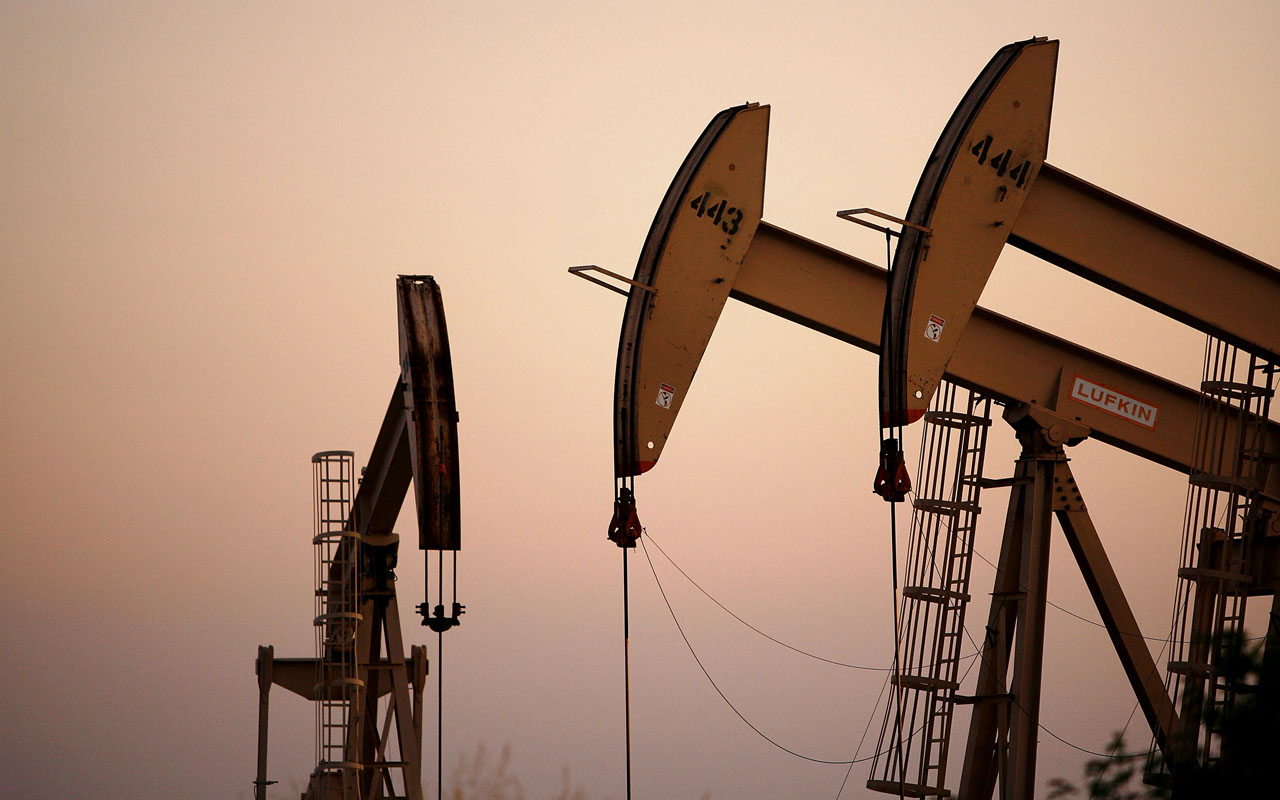
Occidental Petroleum
- Market value: $50.9 billion
- Dividend yield: 4.7%
E&P giant Occidental Petroleum (OXY, $68.04) has in recent years sold less-valuable assets and used the proceeds to invest in higher-return projects in the Permian Basin, located in west Texas and southeastern New Mexico.
That should help growth in the long-term, though Oppenheimer analyst Tim Rezvan, who has shares at “Hold,” says that story might need a little time to play out – though investors will collect a considerable sum of income to wait.
“Occidental will focus growth on its workhorse Permian asset (24% growth CAGR through 2022), and we see long-term international catalysts, but nothing near term to increase the ~2% dividend growth CAGR since 2015,” he writes. “We believe the 4.8% dividend yield sets a floor for OXY shares at $60, but we see shares rangebound as the next stages of upstream growth unfold.”
Wells Fargo analysts like Occidental’s strong balance sheet and its production levels in one of the top shale fields in Permian Basin. They also believe OXY can continue increasing its dividend payments – something it has already done for 16 consecutive years.
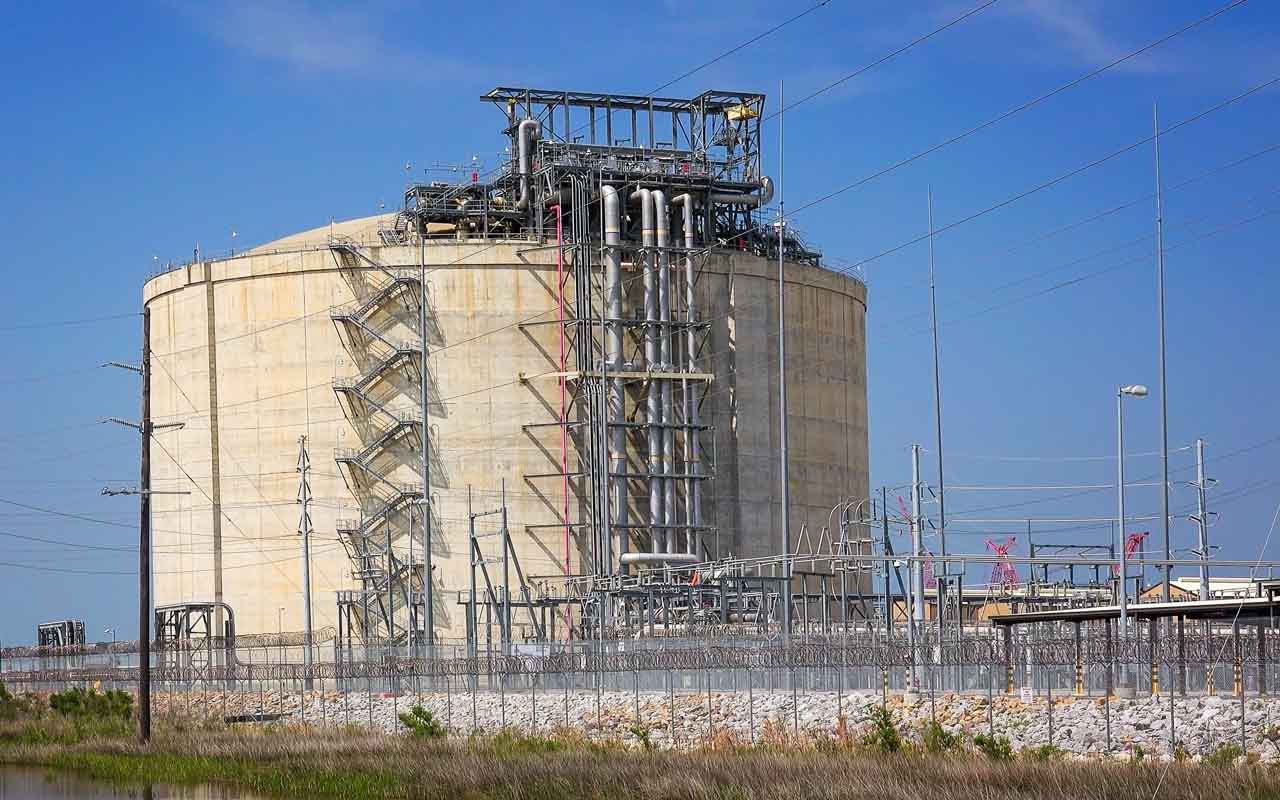
Cheniere Energy Partners LP
- Market value: $20.8 billion
- Distribution yield: 5.6%*
- Cheniere Energy Partners LP (CQP, $42.11) is an MLP that deals in liquefied natural gas (LNG) terminals and natural gas pipelines. Its facilities include the Sabine Pass LNG terminal near the Gulf of Mexico, as well as the Creole Trail Pipeline in Louisiana. Revenue has soared in the wake of the Sabine Pass’ opening in 2016, and expansion in 2017 and 2018.
Companies such as CQP – which was formed by LNG company Cheniere Energy (LNG) in 2006 – tend to be a little more insulated from energy-price fluctuations because they don’t make money by selling the product – instead, it’s based off the amount of product that flows through their facilities. Think of it as a toll taker of sorts.
Natural gas exports have increased dramatically over the past two years, and thanks to the shale revolution (e.g., fracking and horizontal drilling), this trend appears likely to continue. Driven by these tailwinds, Cheniere Energy Partners LP should continue to generate large (and growing) cash distributions over the next several years. While the company’s payout remained fixed at 43 cents quarterly for roughly its first decade of operations, the payout inched ahead to 44 cents at the end of 2017 … and has grown every quarter since, to a current 59 cents.
Further, Cheniere has plans to expand. The company’s Corpus Christi liquefaction facility’s first “train” produced its first LNG in November 2018. The second train will reach “substantial completion” in the back half of this year, followed by a third train to be completed by the second half of 2021.
* Distributions are similar to dividends but are treated as tax-deferred returns of capital and require different paperwork come tax time.
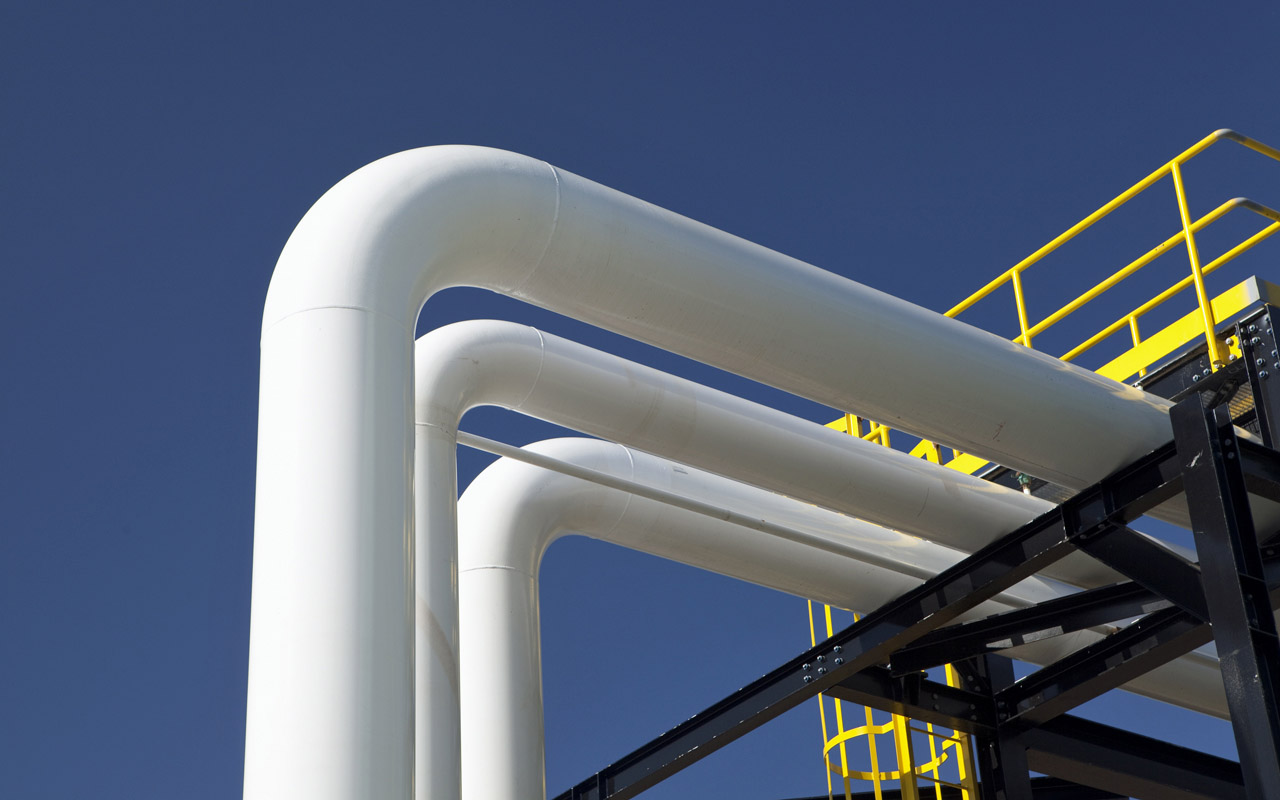
Tallgrass Energy LP
- Market value: $7.0 billion
- Distribution yield: 8.0%
- Tallgrass Energy LP (TGE, $24.81) is a mid-cap MLP that transports crude oil and natural gas from the Rockies, Midwest and Appalachian regions. Its operations span 8,300 miles of natural gas pipeline and more than 800 miles of crude pipeline – as well as 300-plus miles of water pipeline.
The company – which since inception in 2012 has already split into MLP and general partner, then merged back – has grown its distribution every quarter since mid-2015, from 7.3 cents per share at the time to a current 51 cents. But the company isn’t stretching to meet its obligations; in fact, its debt was assigned an investment-worthy credit rating by Fitch in September 2018.
But Tallgrass Energy also has significant growth prospects. Its expansion plans include a joint venture with pipeline behemoth Kinder Morgan (KMI) to increase pipeline capacity in the Rockies, as well as projects designed to transport crude to export facilities.

Energy Select Sector SPDR Fund
- Market value: $13.8 billion
- Yield: 3.1%*
- Expenses: 0.13%
Investors wanting to make a broader bet on the energy sector across more than one or two stocks may want to consider an exchange-traded funds (ETFs).
The first one we’ll cover is the Energy Select Sector SPDR Fund (XLE, $67.71), the largest ETF (by assets under management) dedicated to energy stocks.
The XLE provides investors access to numerous energy industries, including E&P, refining, marketing, and even equipment and services firms. It also holds many of the stocks we’ve highlighted – Exxon Mobil, Chevron, Occidental and Valero are all top-10 holdings.
Just understand that XOM and CVX both hold significant sway on this fund – they combine to command 42% of the fund’s assets, which means big gains or losses in those two firms will say a lot about how XLE performs.
Still, this 29-stock fund is a more diversified bet than buying just a couple of the sector’s companies. And despite XLE’s problems during the 2014-15 energy swoon, Morningstar still has given it a five-star rating over the trailing five- and 10-year periods for its high total returns and low risk.
* Dividend yield represents the trailing 12-month yield, which is a standard measure for equity funds.

iShares Global Clean Energy ETF
- Market value: $208.6 million
- Yield: 2.4%
- Expenses: 0.47%
Investors who wish to avoid investing in fossil-fuel producers could consider the iShares Global Clean Energy (ICLN, $10.10) ETF, which invests entirely in companies that deal in renewable sources of energy, such as solar and wind.
When U.S. investors typically think of “green” stocks, they often think of solar stocks such as First Solar that don’t deliver dividends. However, ICLN is heavily international in nature, and several foreign green-energy companies do return cash to shareholders. A little more than one-third of this 31-stock portfolio is in American stocks – another 22% is invested in China, 10.4% in New Zealand and 8% in Brazil, with smaller amounts dedicated to a handful of other countries.
Top holdings include Spain’s Siemens Gamesa Renewable Energy (GCTAY), Denmark’s Vestas Wind Systems (VWDRY) and Brazil’s Companhia Energetica Minas Gerais (CIG).

SPDR S&P Oil & Gas Exploration & Production ETF
- Market value: $2.1 billion
- Yield: 0.9%
- Expenses: 0.35%
The final ETF certainly leans much more heavily toward growth than income, and it in fact boasts the thinnest yield on this list. But it’s still worth a look.
The SPDR S&P Oil & Gas Exploration & Production ETF (XOP, $31.81) is an industry ETF that focuses on a small, specific subset of energy stocks – E&P players. Unlike stocks such as Exxon Mobil and Chevron that have their hands across various “streams” of the energy chain, XOP invests in companies that are focused solely on upstream – exploring for assets and then tapping them to produce oil and natural gas.
Because of this industry’s reliance on commodity prices – as well as a relatively modest median market cap of about $2.7 billion – this fund can swing strongly on changes in prices of crude and nat gas.
But this is a broader portfolio than the previous two funds; XOP invests in more than 60 stocks. Top holdings include California Resources (CRC), Whiting Petroleum (WLL) and Oasis Petroleum (OAS).
Profit and prosper with the best of Kiplinger's advice on investing, taxes, retirement, personal finance and much more. Delivered daily. Enter your email in the box and click Sign Me Up.

Website: gorillatrades.com
LinkedIn: Gorilla Trades
Phone: (866) 222-6639
Ken Berman has been buying and selling stocks since he was a teenager and met with early success trading then-fledgling biotech stocks like Amgen, Biogen and Immunex. He later became a broker and worked for two wire houses, where he developed a proprietary system for buying and selling equities. In 1999, Mr. Berman formalized his method under the Gorilla Trades name and now has subscribers in the U.S. and 55 other countries around the world.
-
 Stocks Chop as the Unemployment Rate Jumps: Stock Market Today
Stocks Chop as the Unemployment Rate Jumps: Stock Market TodayNovember job growth was stronger than expected, but sharp losses in October and a rising unemployment rate are worrying market participants.
-
 Should You Renew Your CD?
Should You Renew Your CD?With rate cuts impacting earnings, we examine if now is a wise time to renew CDs.
-
 7 Ways to Plan Now to Save on Medicare IRMAA Surcharges Later
7 Ways to Plan Now to Save on Medicare IRMAA Surcharges LaterUnderstand the critical two-year lookback period and why aggressive planning before you enroll in Medicare is the most effective way to minimize IRMAA.
-
 Stocks Chop as the Unemployment Rate Jumps: Stock Market Today
Stocks Chop as the Unemployment Rate Jumps: Stock Market TodayNovember job growth was stronger than expected, but sharp losses in October and a rising unemployment rate are worrying market participants.
-
 What Fed Rate Cuts Mean For Fixed-Income Investors
What Fed Rate Cuts Mean For Fixed-Income InvestorsThe Fed's rate-cutting campaign has the fixed-income market set for an encore of Q4 2024.
-
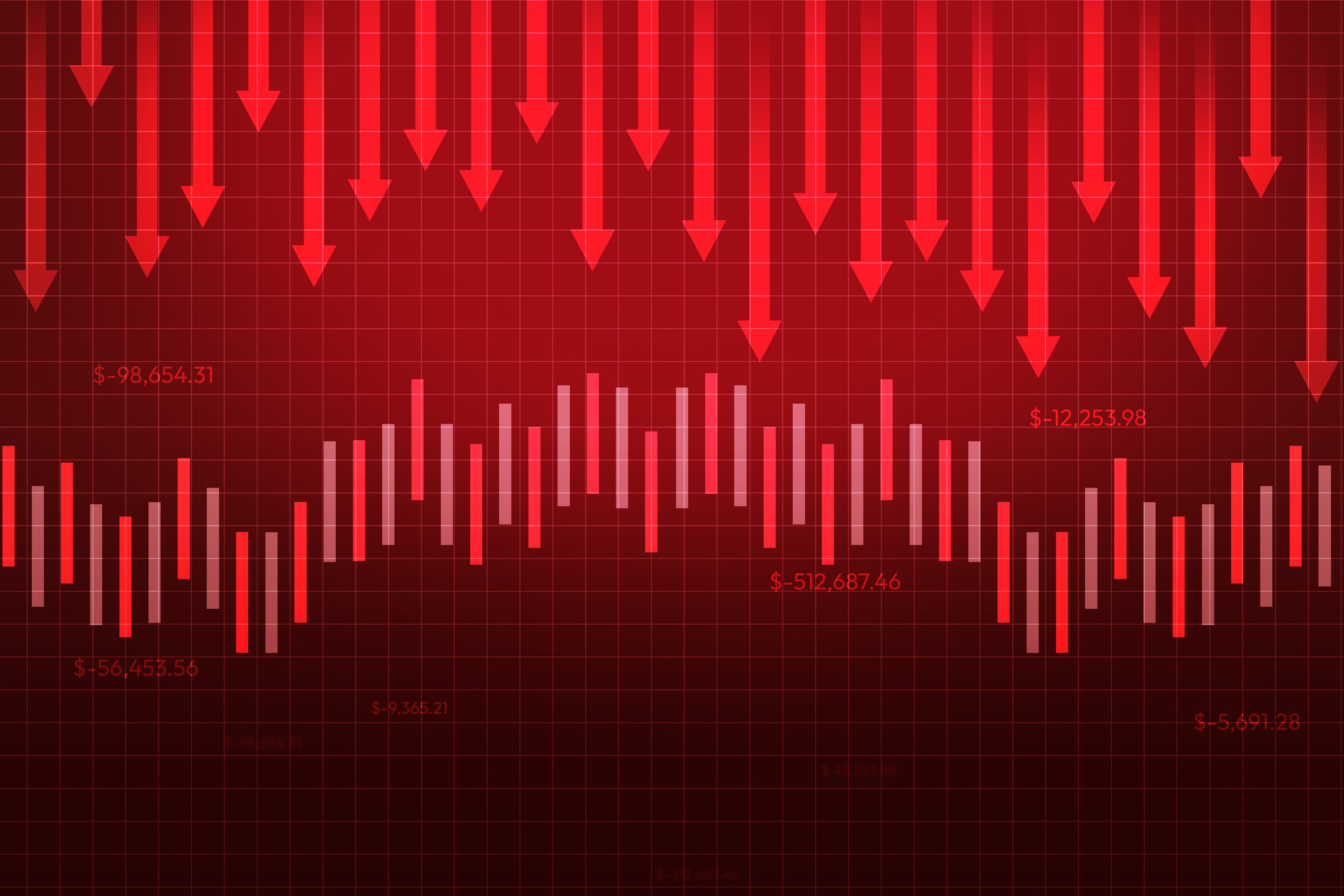 Risk Is Off Again, Dow Falls 397 Points: Stock Market Today
Risk Is Off Again, Dow Falls 397 Points: Stock Market TodayMarket participants are weighing still-solid earnings against both expectations and an increasingly opaque economic picture.
-
 Honeywell Leads Dow Higher: Stock Market Today
Honeywell Leads Dow Higher: Stock Market TodayOil prices got a lift after the Treasury Department announced new sanctions on Russia's two largest oil companies.
-
 Investors Take Stock of Shutdown Talk: Stock Market Today
Investors Take Stock of Shutdown Talk: Stock Market TodayWhether we'll have a Jobs Friday this week depends on if we have a government shutdown in Washington.
-
 How to Invest for Rising Data Integrity Risk
How to Invest for Rising Data Integrity RiskAmid a broad assault on venerable institutions, President Trump has targeted agencies responsible for data critical to markets. How should investors respond?
-
 The Most Tax-Friendly States for Investing in 2025 (Hint: There Are Two)
The Most Tax-Friendly States for Investing in 2025 (Hint: There Are Two)State Taxes Living in one of these places could lower your 2025 investment taxes — especially if you invest in real estate.
-
 The Final Countdown for Retirees with Investment Income
The Final Countdown for Retirees with Investment IncomeRetirement Tax Don’t assume Social Security withholding is enough. Some retirement income may require a quarterly estimated tax payment by the September 15 deadline.
